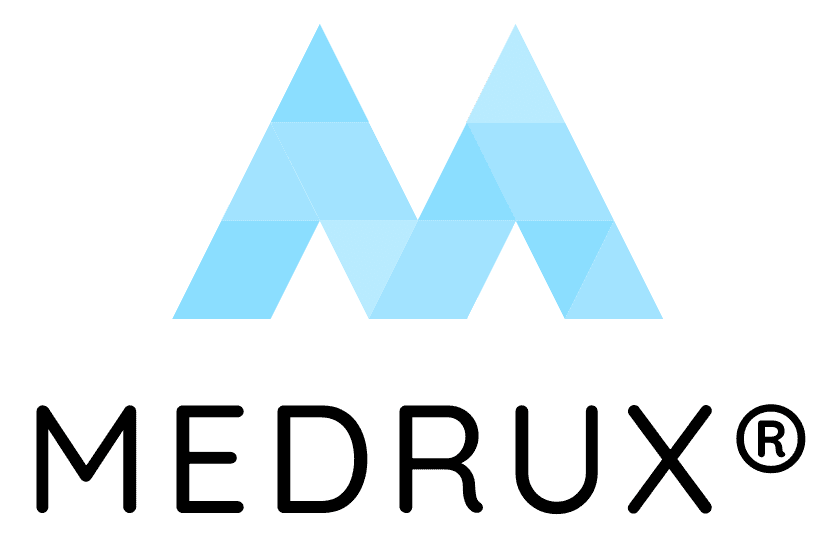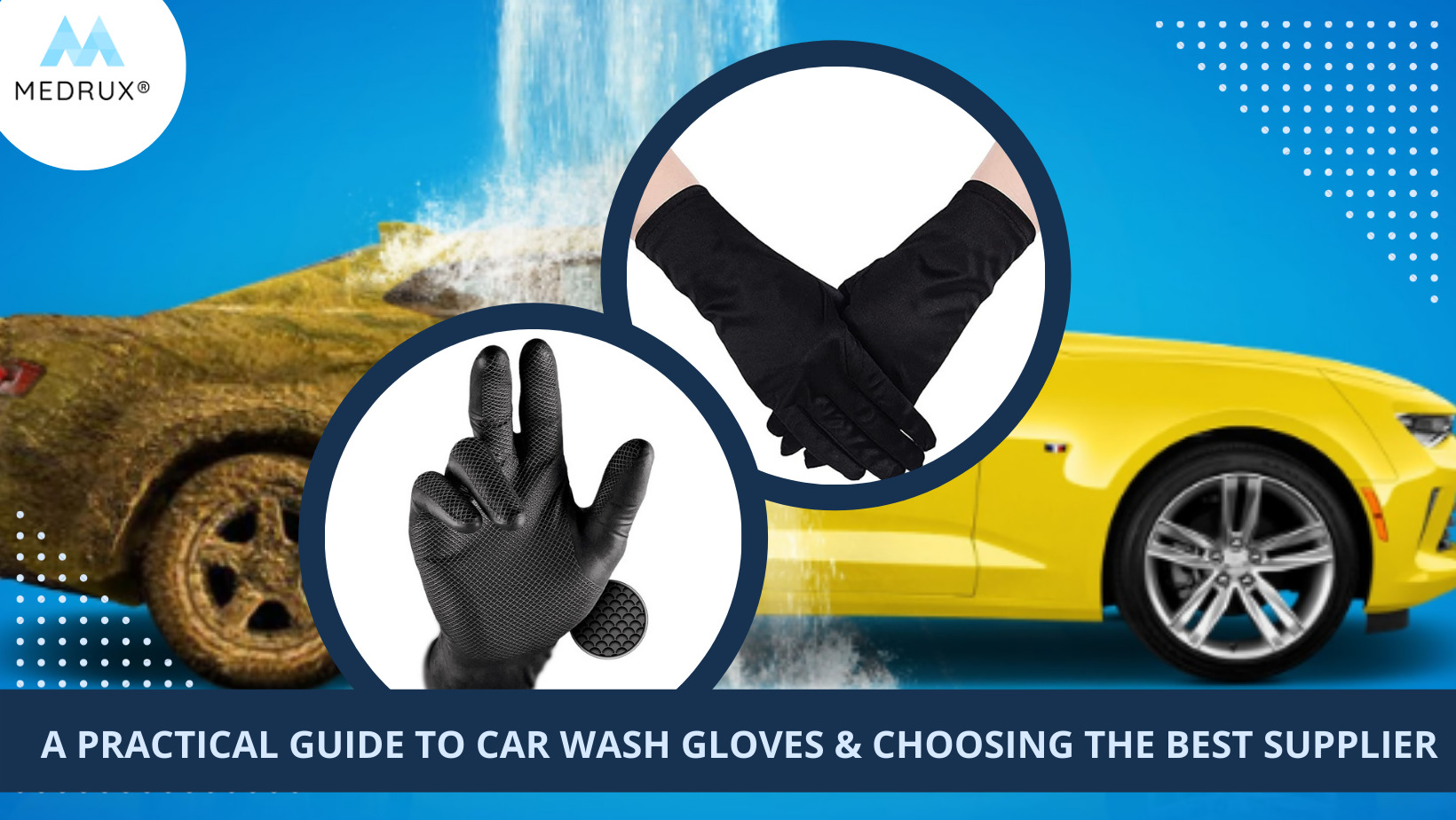Having sufficient safety against chemical and microbial agents is what we all looking for in many different situations that we usually count on even a daily basis either professional or non-professional activities of everyday life.
Whether you work in agriculture (pesticides), medicine (pharmaceuticals, chemotherapy, blood samples), industry (coatings, chemicals, petro-chemicals), the home (paints, cleaning agents, acids and bases, detergents), or emergencies (fires, road accidents), chemical protective clothing that provides the highest level of protection is required.
Thinking of a hundred-percent protection against all chemical and medical agents is a myth!
Why?
Simply, each chemical has its properties, risks, and different exposure scenarios.
Moreover, numerous factors influence the level of protection, such as the exposure time (duration), penetration barriers, permeation level, and other environmental-related conditions like temperature and humidity.
However, you can get a maximum protection level!
Maximum protection is commonly associated with global standards!
Standards play a role in assisting the user in selecting the appropriate protective clothing.
It establishes minimum protective clothing standards, creates a hierarchy of protection levels, a level of quality, product comparability, also the selection of the appropriate PPE based on risk assessment.
The majority of guidelines are developed by the International Standards Organization (ISO), the European Committee for Standardization (CEN), or several US standards organizations (e.g. NFPA, ASTM).
So, if you are looking for chemical protective gloves with global standards…EN 374 glove is your choice!
In this article, we will go in-depth and provide you with detailed information; describing what EN 374 is, what each element of the standard implies, and which chemicals can be handled.
Furthermore, the standard for chemical resistant hand protection has been changed, with the EN374:2016 standard replacing the previous EN374:2003 standard; therefore, we shall cover this point as well.
Finally, we’ll show you an example of one of our own chemical-resistant gloves that meet the standard specifications.
What is a standard EN 374 glove?
It’s a European standard glove that is often used for chemical and microbiological protection.
In order to provide optimal protection for its users, the glove has been tested for permeability, penetration level, exposure, and various chemicals.
Fact: “Since the mid-1980s, when chemical protective standards were developed, an update is frequently offered every five years.” Let’s shed light on EN 374 glove standards and know their updates, differences, and where we stand now…keep reading!
BEFORE: Standard EN 374: 2003 (old)
The following points are what describe the old standard EN 374 as follow;
- Limited protection for chemicals; The number of the chemicals tested was only twelve, three chemicals only have been illustrated on the pictogram., and dangerous chemicals are not covered. Knowing that, the basic and specific protection as follows;
- Specific protection:
Gloves resistant to penetration (EN 374-2: 2003) and permeation tests (EN 374-3: 2003): breakthrough time ≥ 30 min for only three chemicals out of twelve.
- Basic protection:
Gloves resistant to penetration (EN 374-2: 2003)
- Limited protection for microorganisms; where the protection against microorganism is only based on penetration level. Knowing that, Gloves resistant to penetration (EN 374-2: 2003) and AQL: level 2 minimum (AQL: acceptable quality level).
Following diagrams for more information about penetration level, permeation level, and chemicals included
- Penetration level reference:
| Performance Level | Acceptable Quality Level Unit | Inspection Levels |
| Level 3 | <0.65 | G1 |
| Level 2 | <1.5 | G1 |
| Level 1 | <4.0 | S4 |
- Permeation level reference:
| Breakthrough Time | Protection Index |
| >10 min | class 1 |
| >30 min | class 2 |
| >60 min | class 3 |
| >120 min | class 4 |
| >240 min | class 5 |
| >480 min | class 6 |
- Chemicals listed within EN 374: 2003
| Code Letter | Chemical | Cas # | Class |
| A | Methanol | 67-56-1 | Primary Alcohol |
| B | Acetone | 67-54-1 | Ketone |
| C | Acrylonitrile | 75-05-8 | Nitrile Compound |
| D | Dichloromethane | 75-09-2 | Chlorinated Paraffin |
| E | Carbon disulphide | 75-15-0 | Sulphur containing Organic Compound |
| F | Toluene | 108-88-3 | Aromatic Hydrocarbon |
| G | Dimethylamine | 108-89-7 | Amine |
| H | Tetrahydrofuran | 109-99-9 | Heterocyclic and Ether Compound |
| I | Ethyl Acetate | 141-78-6 | Ester |
| J | n-Heptane | 142-82-5 | Saturated Hydrocarbon |
| K | Sodium Hydroxide 40% | 1310-73-2 | Inorganic Base |
| L | Sulphuric Acid 96% | 7664-93-9 | Inorganic Mineral Acid |
After: Standard EN 374: 2016 (New)
“So, what are the changes?”
EN 374: 2016 standard encourages testing standardization while also supporting users in identifying their chemical protection requirements. After referring to “International standard organization” manual, the following points are what describe the modifications as follow (1);
- EN ISO 374-1: 2016 Protective gloves against dangerous chemicals and micro-organisms
“Part 1: Terminology and performance requirements for chemical risks”
- EN 16523-1:2015, Determination of material resistance to permeation by chemicals
“Part 1: Permeation by liquid chemical under conditions of continuous contact”
- EN 374-2:2014, Protective gloves against dangerous chemicals and micro-organisms.
“Part 2: Determination of resistance to penetration”
- EN 420:2009, Protective gloves
“General requirements and test methods”
- EN 374-4:2013, Protective gloves against chemicals and micro-organisms
“Part 4: Determination of resistance to degradation by chemicals”
Practically, this means the following…
-
- The new standard has provided three testing methods:
- Penetration test (EN ISO 374-2:2014)
For a chemical protection glove to be approved as a EN 374 standard glove; it must have the ability to be impermeable to any leakage from chemicals since, they have the ability to infiltrate though the holes. Knowing that, the test should comprise water and air.
Therefore, the air leak test usually performed through the glove is submerged in water while the inside is pressurized, a stream of bubbles coming from the glove’s surface can then be used to identify a leak. On the other hand, the water leak test involves filling the glove with water and looking for leaks by looking for drops of water on the exterior of the glove.
Worth mentioning; the performance levels (AQL) are still the same as EN 374: 2006
| Performance Level | Acceptable Quality Level Unit | Inspection Levels |
| Level 3 | <0.65 | G1 |
| Level 2 | <1.5 | G1 |
| Level 1 | <4.0 | S4 |
- Degradation (EN ISO 374-4:2013)
Chemical exposure on a regular basis might have an adverse effect on glove material. The EN 374-4: 2013 standard is designed exclusively for determining the degree of degradation through testing its resistance to degradation, with the result often stated in terms of percentage (Before and after exposure to chemicals) and reported in the user instruction.
- Permeation (EN ISO 16523-1:2015 replacing the EN ISO 374-3)
- Temperature affects permeation (Directly proportional with temperature). It is also regarded as a molecular process that could be identified using two test endpoints: breakthrough time and cumulative penetrated mass.
- In practice, the breakthrough time is determined by measuring the time between the initial chemical exposure from the outside of the glove and the time at which the chemical reaches the glove’s inside. The cumulative permeated mass, on the other hand, might be determined by computing the total quantity of chemical that flowed through the glove over a certain time period. Both test methods are used as part of EN standards.
- The new standard has classified the gloves into three types (A, B, C) based on the permeation level and the number of chemicals they can protect as follows;
“N.B: The permeation level performance remained unchanged as mentioned in EN 374:2003”
| Classification | Minimum performance level required | Number of chemicals from the 18 listed |
| Type A | 2 (≥ 30 minutes breakthrough) | 6 |
| Type B | 2 (≥ 30 minutes breakthrough) | 3 |
| Type C | 1 (≥ 30 minutes breakthrough) | 1 |
Different pictograms are used in EN ISO 374:2016 standard…!
As seen in the preceding figure, the pictogram’s representation differs from that used in EN 374:2003 (Beaker with a question mark).
All the new pictograms have the same tagline, fuming flask, along with a description of the glove type A, B, or C, depending on the performance level. The letters inscribed beneath the fuming flask identify the types of chemicals that can be used while wearing either type A or B gloves; however, type C does not feature letters because it provides protection against only one chemical.
- The new standard has increased the number of tested chemicals as follow;
Below is a table including all of the tested compounds in accordance with the EN 374: 2016 standard; the code letter denotes the chemical itself. e.g., gloves used to provide protection against methanol will be assigned the code letter A.
| Code Letter | Chemical | Cas # | Class |
| A | Methanol | 67-56-1 | Primary Alcohol |
| B | Acetone | 67-54-1 | Ketone |
| C | Acrylonitrile | 75-05-8 | Nitrile Compound |
| D | Dichloromethane | 75-09-2 | Chlorinated Paraffin |
| E | Carbon disulphide | 75-15-0 | Sulphur containing Organic Compound |
| F | Toluene | 108-88-3 | Aromatic Hydrocarbon |
| G | Dimethylamine | 108-89-7 | Amine |
| H | Tetrahydrofuran | 109-99-9 | Heterocyclic and Ether Compound |
| I | Ethyl Acetate | 141-78-6 | Ester |
| J | n-Heptane | 142-82-5 | Saturated Hydrocarbon |
| K | Sodium Hydroxide 40% | 1310-73-2 | Inorganic Base |
| L | Sulphuric Acid 96% | 7664-93-9 | Inorganic Mineral Acid |
| M | Nitric acid 65% | 7697-37-2 | Inorganic mineral acid, oxidizing |
| N | Acetic acid 99% | 64-19-7 | Organic acid |
| O | Ammonium Hydroxide 25% | 1336-21-6 | Organic base |
| P | Hydrogen peroxide 30% | 7722-84-1 | Peroxide |
| S | Hydrogen fluoride 40% | 7664-39-3 | In organic mineral acid, contact poison |
| T | Formaldehyde 37% | 50-00-0 | Aldehyde |
- The new standard has omitted two criteria that were previously used in EN 374:2003, which are as follows:
- The minimum liquid proof is not mandatory
- EN 388 mechanical testing is not mandatory
- EN ISO 374: 2016, Not only chemical protection but also microbial protection!
Yes! The EN ISO 374-5:2016 Terminology and performance requirements for micro-organisms risks; has provided standards for protection against microbiological agents (Bacteria, Fungi, and viruses) therefore, gloves must be tested and pass the penetration resistance test (EN ISO 374-2:2014) to be consistent with the requirements.
The microbiological pictograms are not all the same as shown below. A biohazard label is often shown as a symbol on gloves that provide protection against bacteria and fungi. In the case of viruses, however, a biohazard label is frequently shown, as well as a term placed beneath “Virus,” because gloves used against viruses must follow to the ISO 16604:2004 standard.
What are the implications of the standard for users?
The key difference for users with the incorporation of new standards is the addition of pictograms and the strengthening of the product in terms of chemical protection. However, users or workers who are responsible for contacting suppliers bear a great deal of responsibility since they must inspect all work circumstances and ask the supplier for precise specifications that satisfy their job expectations and work demands.
Where we stand…Now!
The previously mentioned amendments, which will be implemented in tandem with the PPE Directive, address the regulation of chemical resistance testing; all the gloves must be tested in accordance with the standards of EN374:2016 in order to be appropriate for use in the workplace.
What else I should know?
Recently, I read a very informative article entitled “Current global standards for chemical protective clothing: how to choose the right protection for the right job?” Part of the article discussed the standards that were mentioned previously as well as the following points, which I found very informative: Keep reading.
- You should look for compatibility
Whether you operate in the industrial or medical fields, you will always wear a completely protective suit that includes (gloves, boots, googles, a face shield, and so on). As a result, it is critical to seek for compatibility that provides comprehensive chemical protection while still being comfortable for mobility and visibility.
- Comfort…for more productivity
One of the most significant factors you should look for when purchasing chemical protective clothing is comfortable chemical protective clothing that provides chemical protection as well as unrestricted mobility that does not limit your physical activities. For example, you should seek for chemical protective gloves that have the proper hand size and so allow you to move freely while bending or stretching, have a good sensation on the skin, and have an effective chemical barrier.
- Pay attention for product limitations such as:
- Check for compatibility with other garments and other directions on proper usage and limits.
- Whether the clothing fit well and are offered in a wide variety of sizes to accommodate diverse physical and gender characteristics.
- Test before you buy
Before purchasing significant amounts of chemical protective clothing, it is advised to try on samples to ensure compatibility with other clothes, examine its function during operation, and the speed of donning and doffing.
- Pay attention to suppliers
One of the most significant things discussed in the article is that you should seek for certified suppliers who follow to European standards throughout industrial manufacturing so that the supplier can provide you with products that have the following criteria;
- Products should be of quality and ISO 9001 certified
- Supplier should provide excellent pre and post sales service either through emails or phone services as well as assistance with testing and permeation data.
- Suppliers should deliver items that are devoid of hazardous or toxic materials, environmentally friendly, and do cause any of the skin allergies.
What is available in markets now? What should I buy?
There are various chemical protection gloves on the market that have been evaluated for degradation, permeation, and penetration, providing optimum protection for their users; below are some examples of these gloves:
- Nitrile Gloves
One of the most commonly used chemical protection gloves on the market provides protection against numerous chemicals, primarily chlorinated solvents such as perchloroethlene and many more derivatives. One of the best features of nitrile gloves is their capacity to withstand heavy duty when it comes to long exposure to chemicals that pose an adverse effect on the gloves.
Based on OSHA recommendations, “They offer protection when working with oils, greases, acids, caustics and alcohols but are generally not recommended for use with strong oxidizing agents, aromatic solvents, ketones and acetates.”
Looking for Nitrile gloves that satisfy all of the requirements?
MEDRUX offers nitrile gloves that meet the required standards and, hence, provide the best chemical protection against a wide range of chemicals. Check the description, standards, usage, and request your quota below.
Request your quota now…click here.
Preparing chemotherapy? Looking for excellent chemical protection gloves?
Chemotherapy are potentially mutagenic and carcinogenic that require high level of chemical protection during preparations and minimal exposure, Therefore, special personal protective equipment is required.
- Butyl gloves
According to OSHA, it’s a sort of glove that protects against a wide range of chemicals, including ketones, esters alcohols, peroxide, nitric acid, rocket fuels, aldehydes, sulfuric acids, bases, and a variety of other corrosive acids. However, it is not suggested for usage when aliphatic or aromatic hydrocarbons, as well as halogenated solvents, are present.
- Neoprene gloves
According to OSHA, it’s a kind of glove that provide protection against certain chemicals that range from alcohols, acids, base, and gasoline. They are mainly manufactured from synthetic rubber and provide high tear resistance.
Summary…
Chemical and biological agents are hazardous substances that should be handled with proper protective suits that meet the international standards therefore, after having full information about EN 374 gloves; you are fully aware with what will provide you or your workers high safety levels.
I hope you found this material useful and that you liked reading it…






